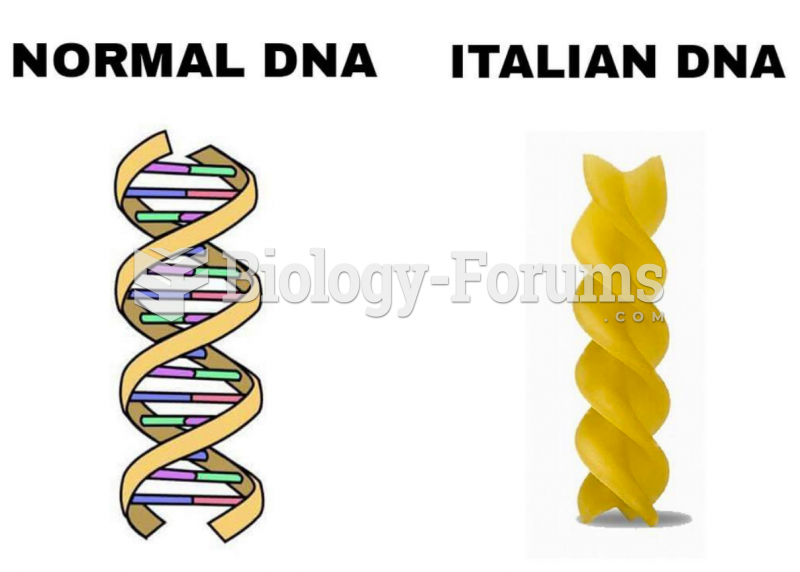Answer to Question 1
Correct Answer: 2
Rationale 1: This would inhibit the bladder's emptying during the surgery.
Rationale 2: The client should take his medication, so muscle strength and contractility during the surgery will not be compromised.
Rationale 3: Even if he can empty the bladder now, he might not be able to without his medication after anesthesia is given.
Rationale 4: This can be handled by good nursing evaluation.
Global Rationale: The client should take his medication, so muscle strength and contractility during the surgery will not be compromised. Holding the medication would inhibit the bladder's emptying during the surgery. Even if he can empty the bladder now, he might not be able to without his medication after anesthesia is given. There is no need to consult with the urologist performing the case as this can be handled by good nursing evaluation.
Answer to Question 2
Correct Answer: 4
Rationale 1: They prevent transmission at all sites.
Rationale 2: Cholinesterase inhibitors are used to reduce the action of cholinesterase, thereby making more acetylcholine available to nerve cells in the brain.
Rationale 3: They break apart the neurotransmitter acetylcholine, which is vital for the transmission of nerve impulses.
Rationale 4: They can act on all three sites.
Global Rationale: Cholinesterase inhibitors intensify transmission at muscarinic, ganglionic, and neuromuscular junctions. They prevent transmission at all sites, not just the neuromuscular junction. Cholinesterase inhibitors are used to reduce the action of cholinesterase, thereby making more acetylcholine available to nerve cells in the brain. They also break apart the neurotransmitter acetylcholine, which is vital for the transmission of nerve impulses.







